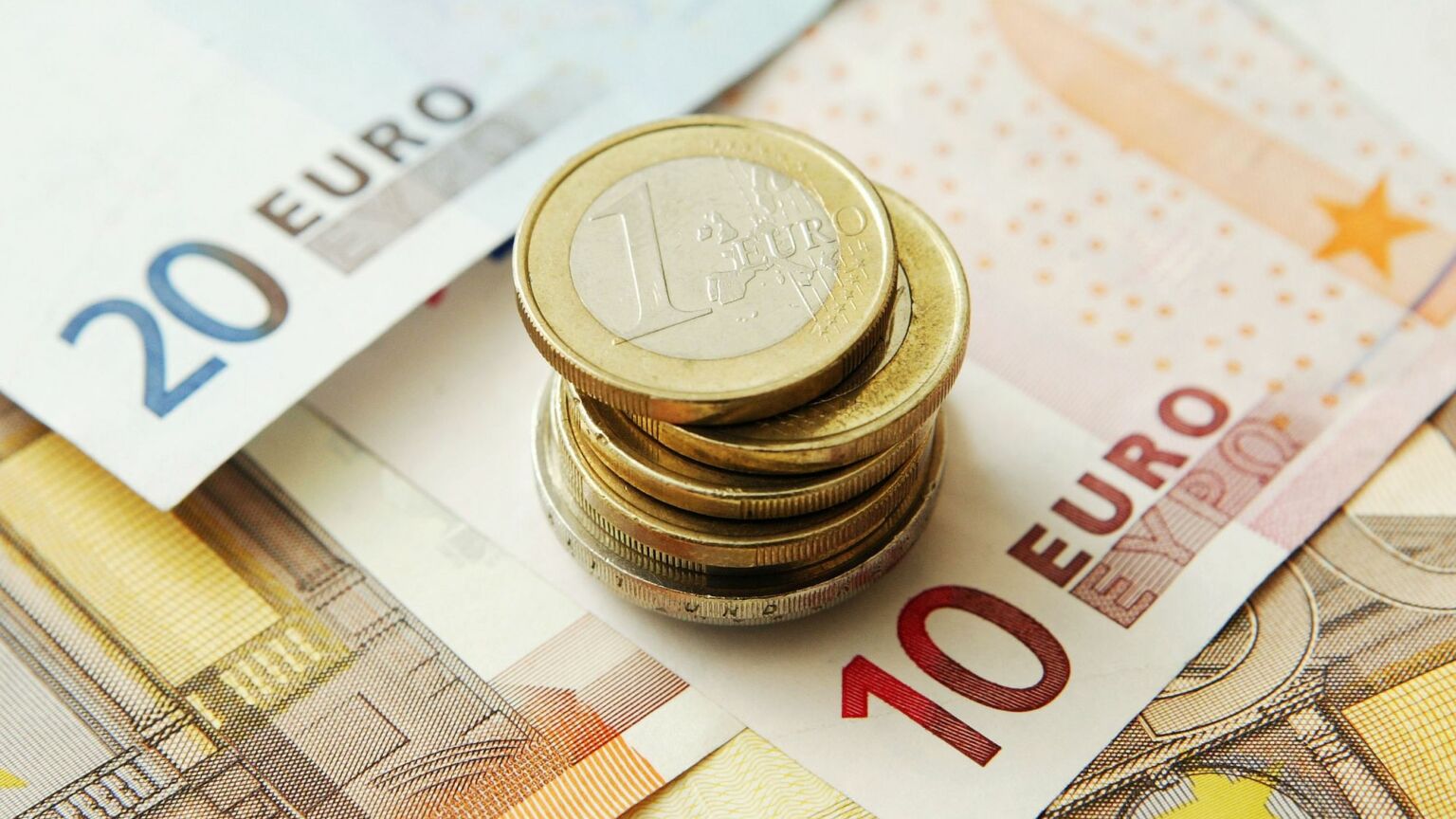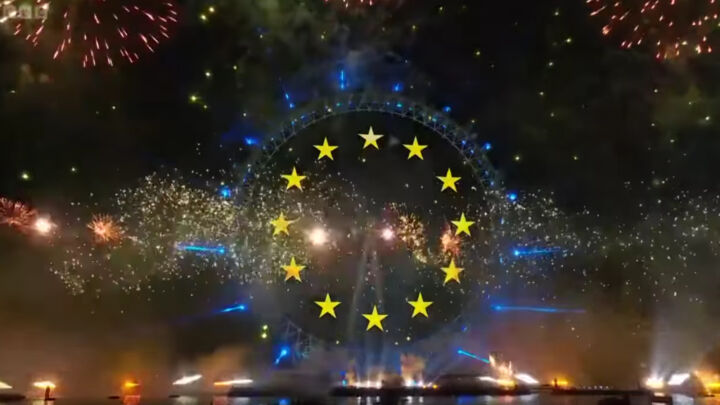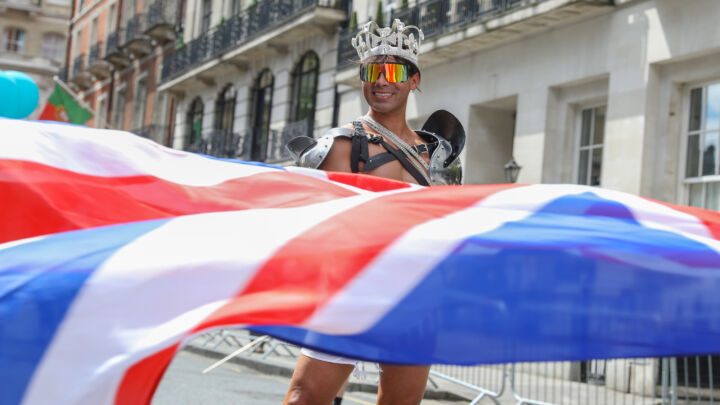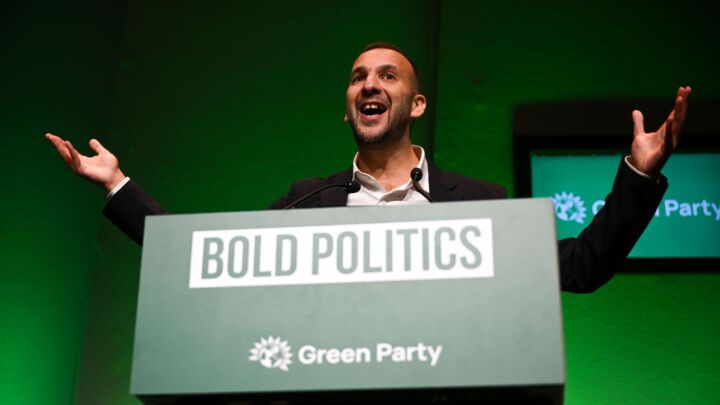The farcical redesign of the euro
The ECB's proposed new banknotes are unspeakably naff.

Want unlimited, ad-free access? Become a spiked supporter.
After more than 20 years of issuing some of the most uninspiring-looking banknotes in the world, the European Central Bank (ECB) has decided that the euro is due a redesign. So the existing notes – which depict a variety of European architectural styles without referring to any actual buildings – are to be updated with one of seven new ‘themes’. EU citizens have been invited to submit their preferences in a consultation process, before the ECB makes a final decision on the chosen theme next year.
Perhaps as is to be expected, the themes represent the current fixations of the EU elites. The design for one theme, ‘Hands: Together we build Europe’, supposedly reflects the ‘core values of the EU’ – ‘human dignity, freedom, democracy, equality, rule of law and human rights’. The ECB admits that EU citizens don’t connect to the ‘values’ of the EU – largely because people don’t associate the EU with values like freedom and democracy. And so the ECB suggests using images of the hand to make ‘the EU’s values more immediate and human’.
More bizarre still is the theme, ‘Birds: free, resilient and inspiring’. This focusses on everyone’s favourite piece of EU legislation – the EU Birds Directive. This 1979 law aims to protect ‘all naturally occurring wild bird species present in the EU’. But the ECB is not really interested in birds as birds. No, the most important thing about birds, it says, is that they ‘know nothing of national borders’.
Then there’s the theme, ‘European values mirrored in nature’. Here the ECB has decided to represent the human achievement of democracy in the form of a beach. Because, apparently, on ‘a beach… every grain of sand matters, just as every European citizen counts’.
When not comparing European citizens to granules of inanimate mineral matter, the ECB also promises to celebrate the ‘ideas and innovations’ that ‘lie deep within every European’ in the theme, ‘The future is yours’. Someone at the ECB has clearly hit the self-help section of his local bookstore. Apparently, this design would ‘represent the bearers of the collective imagination through which people will create their own, as yet undefined, possibilities’.
At times, the desire to represent some vague aspect of the EU project descends into farce. The theme, ‘Our Europe, ourselves’, helpfully reminds us that ‘We grow up as individuals but also as part of a community’, and promises to depict our common ‘dimensions’ such as ‘being, doing, thinking, loving, communicating and living’. Quite how any of these things are unique to Europe or rely on EU membership is unclear.
Of all the themes, only one – ‘European culture’ – touches on anything the average European might wish to see on a banknote. Here the ECB almost hits on a good idea. It suggests that banknotes could depict European monuments, artworks, literature, music or science. But it is quick to remind us that these achievements are not valuable in and of themselves, as vital contributions to the development of human civilisation. No, culture is only valuable to the EU as a means to an end – because it can be used to ‘bring people together’.
The ECB’s proposed themes may be laughable – it seems EU technocrats will turn even banknotes into propaganda for European integration. But they also expose a serious problem, too. They show that the EU lacks any concrete vision of what it might mean to be European. The ECB is concerned instead with capturing the abstract and lifeless values-cum-slogans of European elites. In doing so, it shows it is ignorant of the real wellspring of European identity: the achievements of individuals and movements within the context of distinct nation states.
There wouldn’t be enough banknotes to represent a specific achievement from each member of the Eurozone. But the ECB could at least nod to Greek and Roman antiquity, the Renaissance, the Enlightenment or the Industrial Revolution, to say nothing of Europe’s grand traditions of music, painting and the performing arts. These concrete achievements and contributions would surely be a far better starting point for representing ‘Europe’ than the empty marketing-speak offered by the ECB.
Not that the ECB is likely to listen to any criticism of these themes. Despite opening a consultation process, it has reminded citizens that ‘redesigning euro banknotes will be done with the help of the public and experts before the ECB’s governing council takes a final decision on the new theme and the designs’. If anything symbolises the EU, it is surely this consultation itself – a process in which the public is invited to give its views and the unelected, unaccountable governing council is free to ignore them. That is the EU in microcosm.
Jacob Reynolds is Head of Policy MCC Brussels.
Picture by: Getty.
You’ve read 3 free articles this month.
Support spiked and get unlimited access.
Help us hit our 1% target
spiked is funded by readers like you. It’s your generosity that keeps us fearless and independent.
Only 0.1% of our regular readers currently support spiked. If just 1% gave, we could grow our team – and step up the fight for free speech and democracy right when it matters most.
Join today from £5/month (£50/year) and get unlimited, ad-free access, bonus content, exclusive events and more – all while helping to keep spiked saying the unsayable.
Monthly support makes the biggest difference. Thank you.









Comments
Want to join the conversation?
Only spiked supporters and patrons, who donate regularly to us, can comment on our articles.